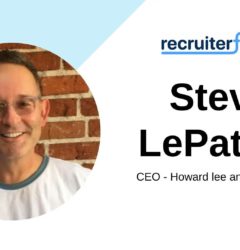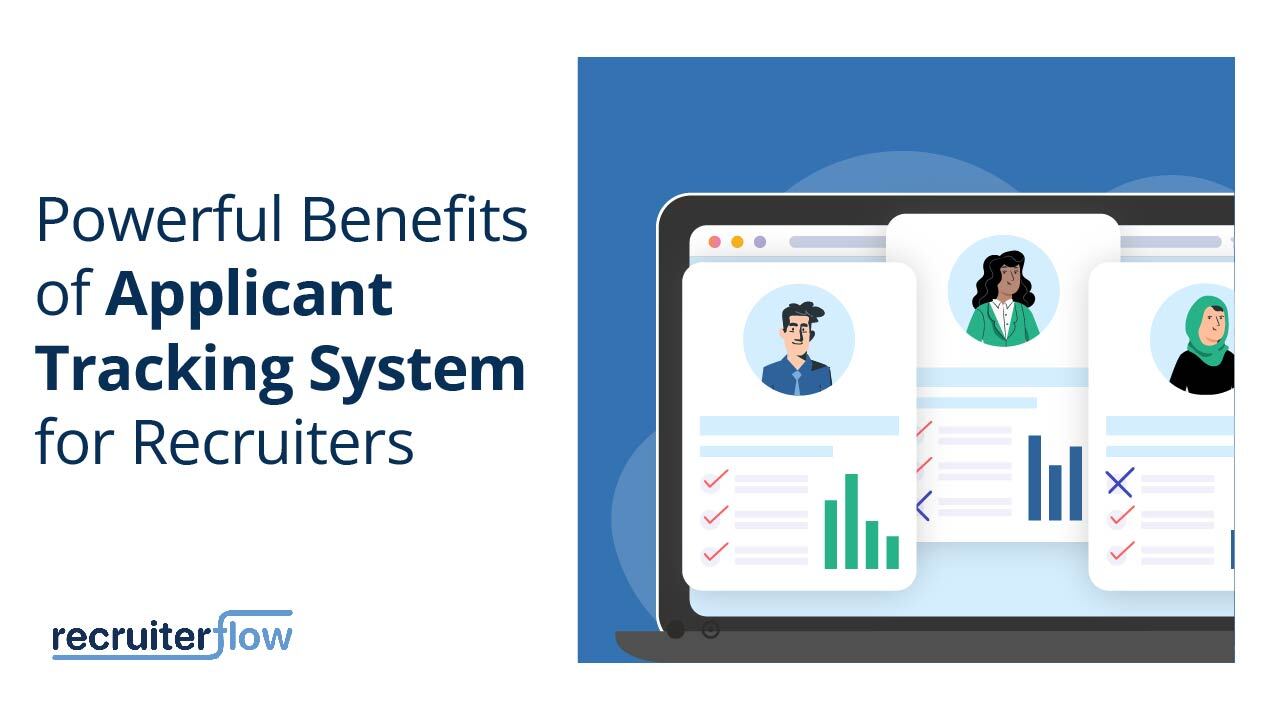
A Complete Guide to Full-Cycle Recruiting

What is Full-Cycle Recruiting?
Simply put, full-cycle recruiting is when a single recruiter or agency manages the entire recruiting process from start to finish. It is also known as life cycle recruiting, end-to-end recruitment, or 360 recruiting. It consists of several stages, starting with the need to fill a position and ending with onboarding the new employee.
Full-cycle recruiters are responsible for a wide range of tasks, from collaborating with hiring managers, sourcing candidates, conducting interviews, and selecting the best candidates for open roles. It demands a diverse skill set and the ability to keep track of the entire recruitment process.
The full-cycle recruiting process
The full-cycle recruiting process consists of 6 main recruiting stages.
- Defining the ideal candidate persona
- Sourcing
- Screening
- Conducting the selection process
- Extending and negotiating offers
- Onboarding
1. Defining the ideal candidate.
The first step is for the recruiter to understand the hiring manager’s expectations for filling an open role. Make note of the desired skills, personality traits, experience, and educational background the candidate needs to have for the position and create an ideal candidate persona. The first step in the sourcing process is to conduct an intake meeting with the hiring manager. The more information you get from the hiring manager, the better equipped you’ll be to find the right candidate. So, it’s worth taking the time to get this right.
Once you’ve clearly defined the ICP, the next step is to craft a great job description that will appeal to the right candidates. Make sure to include as many details as possible for your job posts, such as an overview of the role, job responsibilities, benefits, and details about the company and company culture.
2. Sourcing
The next stage in the recruiting process is to find suitable active and passive candidates for the role. It is essential that your sourcing strategy includes both groups so you don’t limit your search. While active candidates make up only 30% of the global workforce, passive candidates make up the remaining 70%! You can source active candidates by posting the job on job boards, career websites, and social media channels like Facebook, Twitter, Linkedin, etc.
However, because passive candidates aren’t looking for a new job, they won’t be on job board websites. Your sourcing strategy must be different for passive candidates. If you use an applicant tracking software and recruitment CRM, you can use keywords and filters to find suitable candidates in previously created talent pools, find candidates on Linkedin and social media, and reach out to them by sending them a great cold email.
3. Screening
The goal of this stage is to review all the applicants for the role and shortlist the best and most suitable candidates for the role. With an applicant tracking system, you can quickly scan through all the received resumes using filters and keywords and pick out the most qualified candidates for the vacant role.
These candidates are then moved into the next screening stage, usually a short phone interview where you can ask them some preliminary questions. Shortlisted candidates are then invited to a face-to-face interview that may include the hiring manager.
4. Selecting
The most important part of the full-cycle recruiting process, this stage involves making a decision about which candidate best fits the bill. Along with face-to-face interviews, recruiters may also administer a series of tasks or tests for the candidate, such as psychometric tests, writing assignments, and other skill-based assessments to determine aptitude for the role. This approach to hiring also known as skills-based hiring, is gaining popularity and is transforming the way employers find the right candidates. In fact, 53 % of hiring managers believe that skills-based hiring will become even more common in the future.
Once you’ve chosen a candidate, the next step is to conduct background and reference checks. By the end of this step, an offer is typically extended to the candidate.
Also, check our blog on the recruitment commission structure.
5. Extending and Negotiating Offers
At this stage in the process, the recruiter will reach out to the selected candidate and extend an offer of employment.
The offer letter should be well structured and clearly define the contract length, working hours, compensation, benefits, notice period, and any other important details and terms of employment. Prior to extending the offer, the recruiter should work out a compensation ceiling with the hiring manager to effectively negotiate the terms of the offer with the candidate. After this, the recruiter can send the offer letter for the candidate to review and sign electronically using an esignature, for a streamlined and efficient process.
Once the candidate agrees upon terms of employment, work out a joining date with the candidate and prepare for their onboarding.
Want to decrease your post-offer dropouts? Start with this
6. Onboarding
Finally, your candidate has signed her or his contract and is officially an employee of the new company. However, the full-cycle recruitment process doesn’t end there. Recruiters must see to the completion of all necessary paperwork, and equip the candidate with the tools and information they need for their new role. A great onboarding process will guarantee a good start for the candidate and the successful completion of your recruiting process.
Benefits of Full-Cycle Recruiting
Full-cycle recruiting consolidates the entire recruitment process as it puts one person or agency in charge of everything. This eliminates confusion over who owns which part of the process, allows recruiters to have a greater sense of control, and create better candidate experiences for prospects. With one clear strategy from start to finish, this model also allows for a more efficient and streamlined workflow, it can make negotiations smoother, and reduce time-to-fill.





